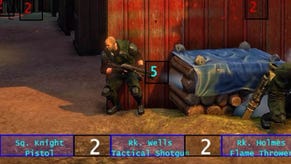Face-Off: XCOM: Enemy Unknown
Solid copy.
| - | Xbox 360 | PlayStation 3 |
|---|---|---|
| Disc Size | 7.2GB | 7.83GB |
| Install | 7.2GB (optional) | - |
| Surround Support | Dolby Digital | Dolby Digital, DTS, 5.1LPCM, 7.1LPCM |
A modern reboot of a classic strategy game, XCOM: Enemy Unknown faithfully references the series' trademark gameplay while successfully refining the formula to reach a wider audience, and does so without sacrificing the high level of depth expected by fans. This latest instalment obviously boasts an updated graphical aesthetic built using the Unreal Engine 3, which increasingly lends its hand to a variety of genres beyond the first- and third-person shooters it is commonly known for.
The technology isn't usually used for strategy titles but actually works well with this game, with the battle sequences occasionally viewed from a third-person perspective to add to the drama and energy of the scenes, even if some of the camera angles are poorly positioned. The engine also allows for both dynamic lighting and destructible environments to make an appearance - the latter isn't particularly impressive from a technical perspective but does provide an additional strategic component to the game, and it's fun to see the scenery razed to the ground as you progress through the level. (Or not, if you're getting your backside kicked.)
Despite the use of some accomplished rendering features, the level of visual complexity on offer is limited by both the stylised aesthetic and focus on gameplay mechanics over lavish visual spectacle, and this has a number of benefits for the game running across multiple platforms; essentially, there's very little to separate each version of the game from each other in terms of the core visuals, with higher resolutions and frame-rates being the biggest draw of the PC release.
Let's kick off by taking a look at how the respective versions of the game measure up via a series of head-to-head videos, and we also have the usual triple-format 720p comparison gallery to dip into as well.
"XCOM takes us into Unreal Engine 3 territory, meaning there's very little difference from a visual perspective between the console versions, though PC commands a few welcome graphical upgrades."
Not so interested in console to console comparisons? Here's how XCOM fares when Xbox 360 and PS3 are compared to the PC version running at max settings:
At first glance, there's not much to tell each version of XCOM apart - as you'd expect from an Unreal Engine 3 release. The core artwork is identical across all three platforms and this level of parity also extends to the shadow quality and texture filtering. Surprisingly, the computer version doesn't feature any texture upgrades at all - even when moving up to 1080p - which is rather odd for a game primarily built around a PC-oriented fanbase. Thankfully, the lack of higher-resolution artwork isn't so much of an issue in a game where the camera spends most of its time zoomed out from the action.
In areas where we do find differences between SKUs, they are mostly subtle and non-intrusive. Due to the 360's known gamma quirks, this version appears slightly darker than the others (with the PS3 and PC codes being a match), while the PS3 has a shadow off-set bias at work which makes these elements of the scene stand out a little more. On top of that, sub-HD alpha buffers are used on both consoles. Of course the PC game is a little more refined: alpha buffers are rendered in a higher resolution than on either PS3 or the 360, while there are additional light sources present in a few scenes. Characters also feature additional self-shadows over the console versions.
With regards to the streaming in of assets, all three versions have noticeable issues, with the PC version suffering from visible LOD (level of detail) changes as much as the consoles. However, we do find that loading times are much faster than on console, showing that the game does benefit from the faster access and loading times you'd expect from a PC hard drive. Quite why this advantage isn't used to improve LOD streaming it is a bit of a mystery.
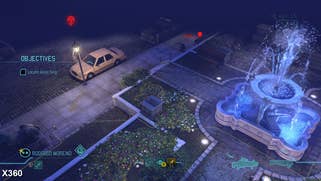
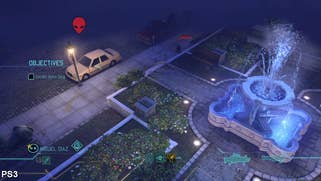
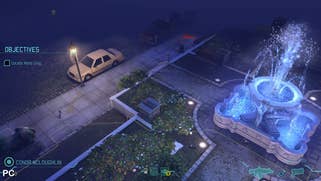


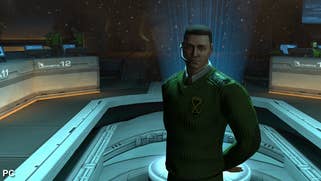

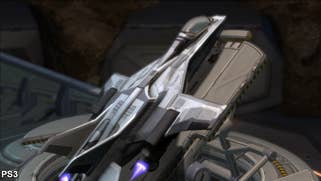

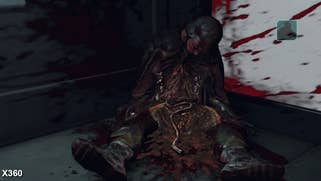
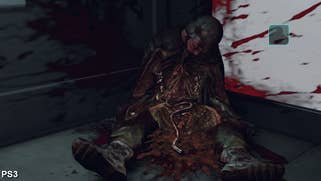

Both consoles render natively in 720p, and as usual we've matched up the PC game at this resolution for close comparison. A post-process form of anti-aliasing appears to be used on all three platforms, with most of the usual benefits and side-effects; imagery is mostly smooth with there being little in the way of noticeable jaggies, mainly helped by the lack of fine sub-pixel detail being on show. Some texture blurring is apparent on all three formats, but on the PC a more refined version of the technique results in smoother edges and greater clarity where the artwork is concerned.
The PC version also gains a solid advantage with regards to performance, which is no surprise given both the more advanced nature of computer hardware and the generally easy-to-run nature of the Unreal Engine 3. On our ageing Core i5 750 and GTX 460 set-up we had no problems in running the game at 60FPS in 720p (minus a few small dips down to the 54FPS mark from time to time), while playing in 1080p mostly gave us smooth performance on a similar level: the difference being frame-rates occasionally fluctuating between 40-60FPS depending on the rendering load. Curiously, the £300 Digital Foundry PC had more issues. Based on what we've experienced recently with Borderlands 2 and Dishonored, our bet is on the dual-core CPU letting the side down here - though it's still possible to enjoy 1080p performance that significantly outperforms the console 720p versions.
Despite this the increased level of smoothness on combination with mouse and keyboard controls gives the game a more responsive feel over the consoles (regardless of the resolution) where commands can be executed much more quickly, thus allowing the experience to flow more naturally.
"As a real-time strategy game, the PC does feel like the natural home for XCOM: in addition to the input interface advantages, frame-rate and resolution improvements can only be a good thing. "
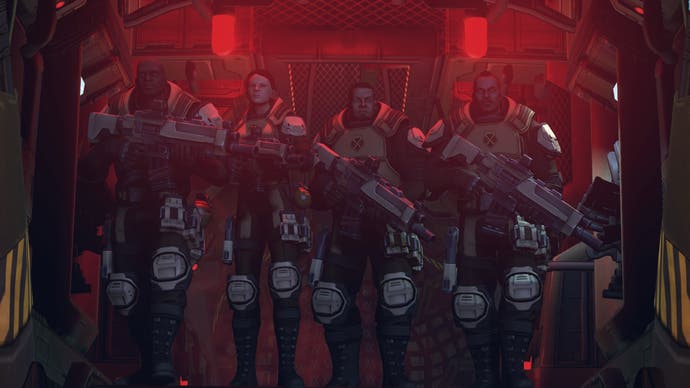
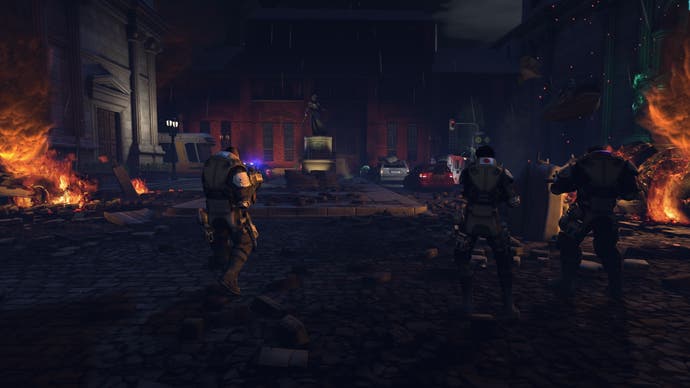

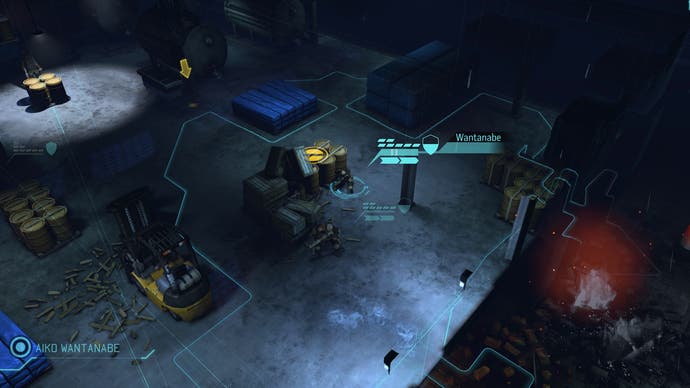
XCOM: performance analysis
While PC owners have the ability of playing at extremely high frame-rates, this isn't possible on current-gen console, where a more manageable 30FPS is targeted instead. As with many titles using UE3, variable v-sync is also applied, where the engine is allowed to tear when it fails to achieve the desired frame-rate.
As our performance video below indicates, the start of the game isn't exactly promising for either platform, with frame-rates that regularly fail to hit the 30FPS target along with near constant screen tearing. The PS3 comes off worse here; the drop in smoothness and lack of image consistency creates a juddery experience that is impossible to ignore, although the 360 game hardly acquits itself well here. Dynamic lighting and the level of environment detail appears to be the main reason for the lack of stability with regards to performance, as we see much smoother frame-rates in later stages where the use of individual light sources and scene complexity appear a little more restrained.
"Once again, a high-profile title demonstrates that Unreal Engine 3 generally runs a little smoother on the Xbox 360, with more noticeable levels of screen-tear on PS3."
Sometimes we find that frame-rates are smoother on the PS3, but at the expense of the engine throwing out scores of incomplete frames to be displayed, resulting in some obtrusive tearing. Due to the similarity between frames and the slow-paced nature of the game, torn frames aren't always obvious to the human eye on either format, although the jerky side effects unfortunately are when the engine is struggling to keep up with the demands being placed on it by the game.
Later on, we find that things even out a bit more; frame-rates improve and we find the engine sticking much more closely to the desired 30FPS target. The overall experience is smoother and moving your troops around on-screen feels a little more refined. That said, in scenes with a number of additional effects - such as the bump-mapped and shiny water present on the fountain in mission three - we see the PS3 struggling to match the 360 in near like-for-like gameplay sequences. Likewise, during the Crash Site mission the 360 game more closely adheres to the 30FPS target for prolonged durations of time, while on the PS3 the game has a tough time maintaining a steady frame-rate without tearing.
Of course, the turn-based nature of the game means that quick controller responses and a high level of smoothness aren't required to make the experience a playable one. However, there's no denying that the PC version still benefits by having higher frame-rates in combination with a mouse and keyboard set-up: XCOM feels both faster and more fun when played this way - and is arguably the perfect way to experience a strategy game. The good news here is that while the additional smoothness of the PC game is wholly beneficial, console owners still get a playable version of the game - albeit one compromised a touch with performance issues which impact the visual representation of the action, more so than the core gameplay.
XCOM: Enemy Unknown: the Digital Foundry verdict
Given the initial lack of complexity with regards to the overall look of the game and the general graphical scope on offer, the variable frame-rates and plentiful bouts of tearing on console are rather disappointing - and these issues manifest themselves more frequently on the PS3. But on the flipside the console ports are very close to the PC release in others areas, with the use of higher-resolution alpha buffers and a more refined AA implementation being the main stand-out points of the computer version.
Ultimately, XCOM is a highly enjoyable experience on all systems, with its blend of tactical action and strategy containing plenty of depth and interesting gameplay possibilities, and a superb reboot of a classic franchise. Obviously, the PC release is by far the best way to play the game - controller or otherwise - while the console codes have more than a few performance issues to contend with. Out of these versions it is the 360 game which comes across as the better of the two, simply because of a more consistent level to the overall performance, but with gameplay this good, the PS3 version is still highly recommended.




